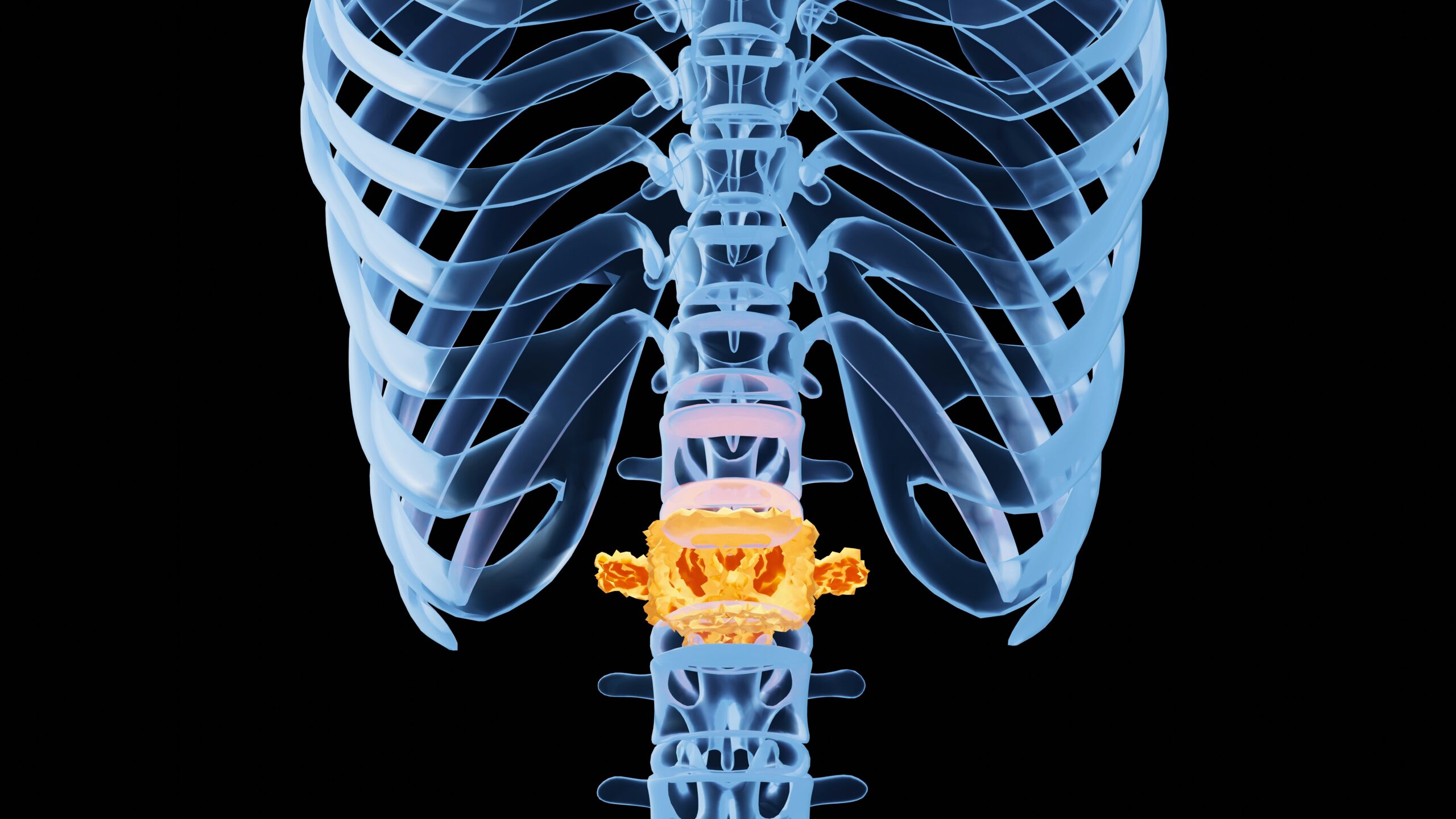
Spine surgery has always been one of the most demanding areas of medicine. The spinal column protects the spinal cord, which carries signals between the brain and body. Even a small error during surgery can cause serious complications such as nerve damage, loss of mobility, or chronic pain. For decades, surgeons relied on two-dimensional X-rays and their experience to treat spinal problems. Today, technology has changed everything. Robotics and imaging have brought a new level of safety and accuracy to spine surgery. These tools help surgeons plan better, operate with precision, and improve patient recovery.
Why Precision Matters in Spine Surgery
The spine is a complex structure made up of vertebrae, discs, ligaments, and nerves. It controls movement and stability. A mistake of just a few millimeters during surgery can have a lasting impact on a patient’s life—traditional methods left room for human error because surgeons had to rely on limited views of the spine.
Robotics and imaging solve this challenge by offering surgeons real-time guidance. These tools allow them to see the spine in detail, plan with accuracy, and carry out each step with confidence. As a result, operations become safer, faster, and more successful. Patients benefit from less pain, quicker recovery, and better outcomes.
The Rise of Robotics in Spine Surgery
Robotic-assisted systems have become a game-changer. They act as an extension of the surgeon’s skill, offering unmatched precision. Surgeons use robotics to place screws, align vertebrae, and carry out delicate procedures. The robot follows a pre-planned path based on patient imaging, ensuring that every move aligns with the surgical plan.
Another advantage of robotics is consistency. Surgeons can become tired during lengthy procedures, but robots remain focused. They maintain accuracy throughout the entire surgery. This reduces surgical errors, shortens the operation time, and improves recovery. Robotics does not replace the surgeon. Instead, they enhance the surgeon’s ability, giving patients the best possible results.
Imaging Technology and Its Role
Advanced imaging is just as crucial as robotics. In the past, surgeons only had X-rays, which gave flat images of the spine. Today, three-dimensional imaging provides a complete view. Surgeons can see the anatomy in detail and plan the procedure step by step.
During surgery, navigation systems act like a GPS. They track surgical instruments in real-time, showing exactly where they are located within the spine. This means surgeons can follow the surgical plan with confidence. For patients with scoliosis, spinal tumors, or deformities, this precision can make all the difference. Imaging reduces the chance of mistakes and ensures better long-term outcomes.
Combining Robotics and Imaging
The real power lies in the synergy between robotics and imaging. Imaging creates a detailed map of the spine, while robotics follows that map with precision. Together, they provide unmatched safety and accuracy. Surgeons can plan surgeries, make fewer incisions, and cause less trauma to surrounding tissues.
This combination also allows for minimally invasive techniques. Smaller incisions mean less blood loss, reduced pain, and shorter hospital stays. Patients recover faster and return to normal activities sooner. The combination of robotics and imaging technology truly transforms the way spine surgery is performed.
Benefits for Patients
Patients reap the most significant benefits from these advancements. With robotics and imaging, surgeries involve smaller incisions and less tissue damage. This results in faster recovery, reduced post-operative pain, and fewer complications. Patients often leave the hospital earlier and get back to their daily routines quicker.
In addition, the precision of these tools reduces the risk of revision surgery. When screws and implants are placed correctly the first time, patients are less likely to face future operations. The result is better outcomes, greater satisfaction, and improved quality of life.
The Future of Spine Surgery
The future looks even brighter. Robotics and imaging will continue to evolve, offering even greater precision and safety. Artificial intelligence is already joining the mix, helping surgeons predict outcomes and tailor procedures for each patient. Augmented reality may soon enable surgeons to overlay digital models directly onto patients during surgery.
These innovations will not only improve results but also make surgeries more efficient. Surgeons will be able to treat more patients with higher success rates. For patients, this means spine surgery will continue to get safer, quicker, and more effective.